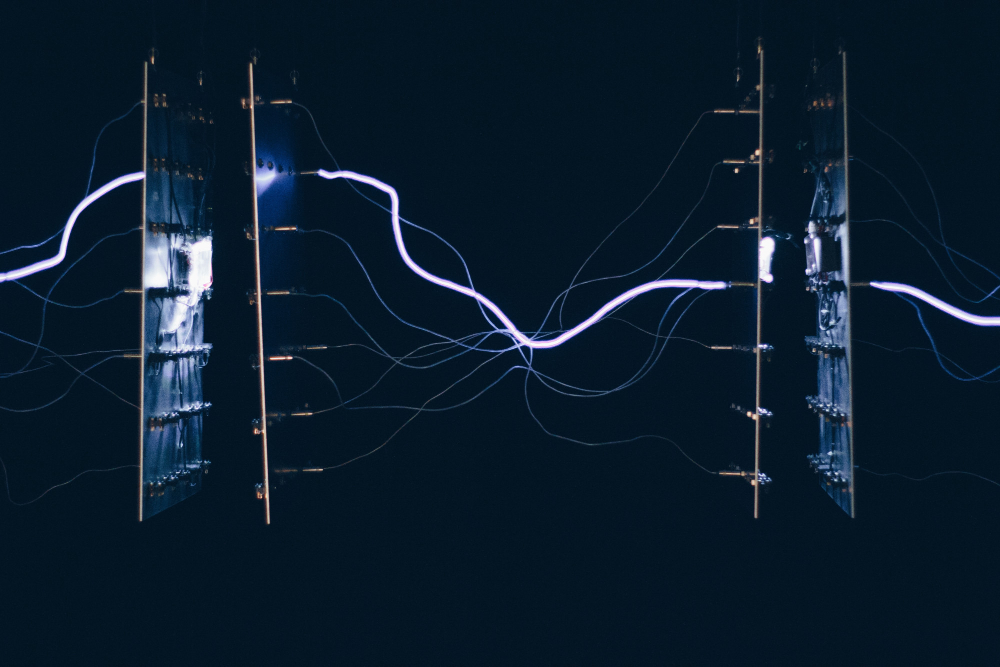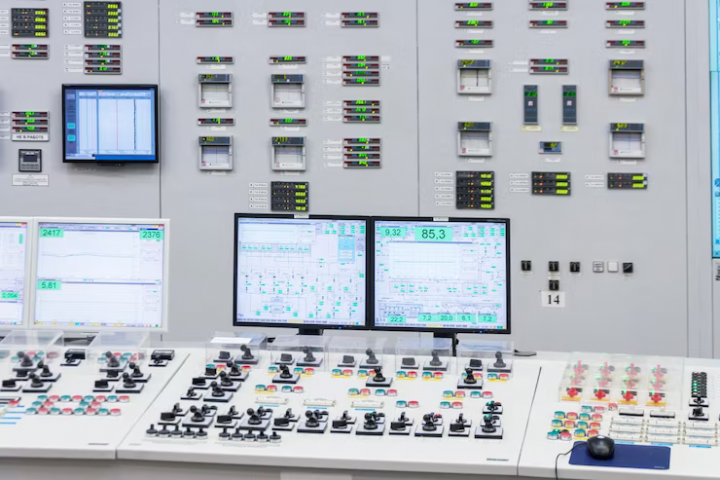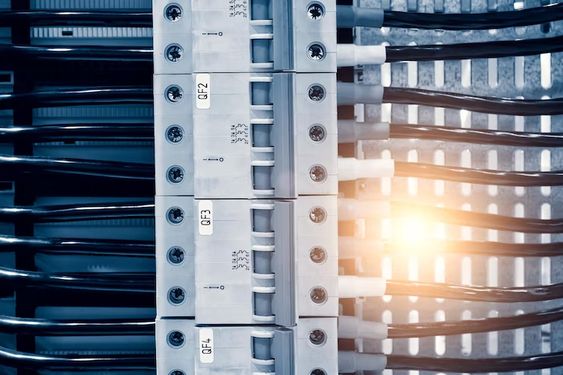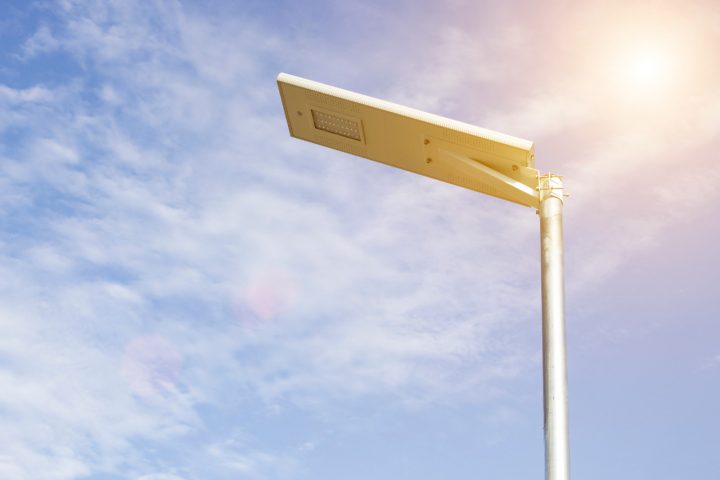Signal cables are used to transfer electrical signals from one device to another. For example, a computer can send data through a cable to a printer. The cable connects the two devices so that they can communicate with each other. Signal cables are also known as “wire” in some countries like India where it is called “wire”. This blog contains all the information on signal cables ranging from what it is to the manufacturers of signal cables. This blog will provide you with all the information you need to know about signal cables.
What are signal cables?
Signal cables are used to carry electrical signals. They’re also called data transmission cables because they carry data and power over long distances. Signal cables can be found in many different types of applications, including:
Audio/Video – The audio or video signal travels through the cable from one end to another.
Power – Electrical power is transmitted through the cable from one place to another (usually a wall outlet).
Types of the signal cable
Signal cables are used to transmit audio and video signals. Signal cables come in various materials, such as copper, plastic and other materials. They are used to connect audio and video equipment such as televisions, computers and game consoles; devices that use power from an outlet; speakers or headphones (headphones); amplifiers or receivers that amplify the sound coming through your TV set or computer screen; digital cameras or camcorders–the list goes on. You can find all kinds of signal cables available at different signal cable suppliers at the best prices.
The most common types of signal cables include:
- Jacketed (also called “twisted pair”) – These are small rectangular pieces of wire that have been twisted together at regular intervals by an insulator on one side and bare metal on the other side. They’re used for data transmission between computers or other devices.
- Shielded – Made from thicker insulation than jacketed cables but thinner than armour cable, these wires are covered with plastic sheaths so that noise isn’t transmitted along their length—they’re used for audio applications such as connecting speakers or transmitting radio waves through walls or floors without interfering with other signals nearby.
What are the Uses of signal cables?
Signal cables are used to transmit digital signals, which means that they carry data between devices. Signal cables are also used in the electrical engineering field, where they’re called “signal transmission lines” or simply “strip lines.” In the medical field, signal cables are known as catheters and indwelling catheters. These devices are inserted into a patient’s body for diagnostic purposes; when a patient needs one of these types of measurements taken out of their body (for example, an MRI scan), it can be done using one of these types of wires connected directly into their bloodstream via a valve at either end. Signal cables play an important role in the automotive industry too! They help connect accessories such as airbags and seatbelts so that they function properly during accidents like car crashes or rollovers.
Where to find signal cables?
Signal cables are available in a wide variety of sizes, materials, and colours. You’ll also find that they come in lengths ranging from 1 foot to 100 feet. Enggpro has top signal cable manufacturers and suppliers which you can buy the signal cables from. We have listed the reliable signal cable vendors from India, the Middle East, Asia, Europe and the USA.
Importance of signal cable
Signal cables are used in electrical engineering to transfer data, power and information. They can be applied in the following fields like Power transmission, Signal transmission (data), Energy transmission (power), etc. The signal cable is an essential part of electrical engineering. Signals are sent through signal cables and this can be used for many different purposes such as sending messages, data transmission and power distribution. The signal cable is often used to transmit information from one device to another via electromagnetic signals that travel along the conductor of a twisted pair wire (or coaxial cable). When you’re wiring up your house, you should know how much wire you need before starting because it will save time later on when installing outlets or switches at each outlet location in your home’s wiring system.
Conclusion
It cannot be denied that signal cables are essential for electrical engineering. They help in transferring signals from one place to another and make sure that the signal can reach its destination safely. Signal cables have many different types and uses. You can choose from a variety of materials depending on your needs and budget as required. You can get signal cables as required at affordable prices from signal cable manufacturers in India and around the globe with us.



